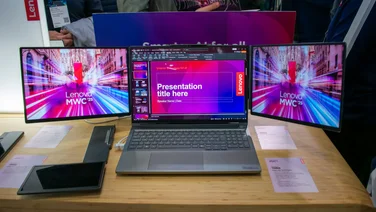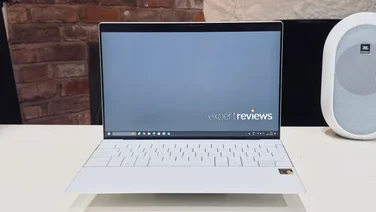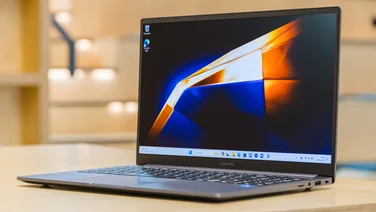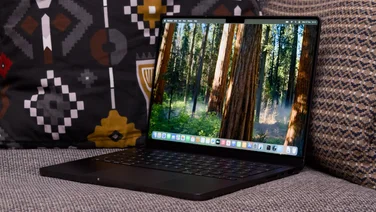To help us provide you with free impartial advice, we may earn a commission if you buy through links on our site. Learn more




HP’s Envy range of laptops is undeniably stylish, thanks to their minimalist design and smooth lines. This special edition is the result of the company’s collaboration with hip-hop mogul Dr Dre, and we think it looks even better than the vanilla model; the all-black body is reminiscent of a previous generation MacBook, but with its own distinct design thanks to the metallic silver finish around the chassis edge.

Considering HP has gone to great lengths to secure Dr Dre as the face of the Beats range, we were amazed that the Envy’s speakers barely sounded any better than almost every other laptop. Quiet and slightly tinny, the barely discernable bass notes disappear altogether when deactivating Beats mode, which is nothing more than an equaliser pre-set, making us question why anyone would bother turning it off at all. It was loud enough that we could still hear it clearly from the other side of a small room, but we would definitely recommend using headphones for anything other than the odd YouTube video.

It might not be great for audio, but underneath the great-looking chassis the internal components are still able to perform when it counts. A first generation Intel Core i7-720QM processor runs at a relatively sedate 1.6GHz, but when in Turbo Boost mode it can increase to a much faster 2.8GHz. Anyone used to multi-tasking will appreciate 4GB of RAM and the 500GB hard disk should be big enough for a respectable multimedia collection.
Despite having a quad-core processor, the Envy still can’t match a new dual-core Sandy Bridge chip for flat-out power, as shown in our multimedia benchmarks. An overall score of 55 is still impressive, but considering the Envy’s price it’s a shame you aren’t getting cutting-edge technology. The other downside is battery life; with just three and a half hours in our light-use test, you won’t want to go too far without the mains adaptor.
Graphics muscle comes courtesy of AMD’s Mobility Radeon 5650 chipset; it’s already a generation old, but still capable of gaming at reasonable levels of detail. The Envy completed our new DirectX 11 Dirt 3 racing benchmark (1,280 x 720, 4x anti-aliasing and High detail) with 33.8fps and the game still ran at a smooth 31fps at the laptop’s native screen resolution of 1,366×768. Unsurprisingly with this much graphics power, the Envy had no problem with high definition video. 720p footage played smoothly on the laptop itself and 1080p content looked just as good on an external display.

The laptop screen’s image quality was slightly above average, but not a patch on the fantastic Radiance display seen on previous Envy models. The 1,366×768 resolution is smaller than we would like, but images at least looked reasonably sharp and colours were as accurate as we would expect from a TN (as opposed to IPS) panel. Viewing angles were very limited and not helped by the ultra-glossy screen finish, but plenty of screen tilt helps to compensate.

We were hoping that HP would have fixed the Envy’s touchpad for this limited edition, but unfortunately the Beats edition suffers from the same problems; because the buttons are integrated into the touchpad, any movement over the dividing line will send the mouse cursor flying across the screen. Thankfully the backlit QWERTY keyboard is a much better. Each isolated key has a reasonable amount of tactile feedback and very short travel times, although the wrist rest can get a little toasty after several hours’ use. The red backlight is subtle enough not to be distracting, and you can also disable it.
In spite of the great design and solid performance, the Envy Beats edition can’t justify its high price. Its processor is from a previous generation and it has disappointing battery life as a result. The screen is also a step back from previous versions. Although there are few Windows-based laptops that are quite so good-looking, it’s hard to justify spending so much for style over substance.






